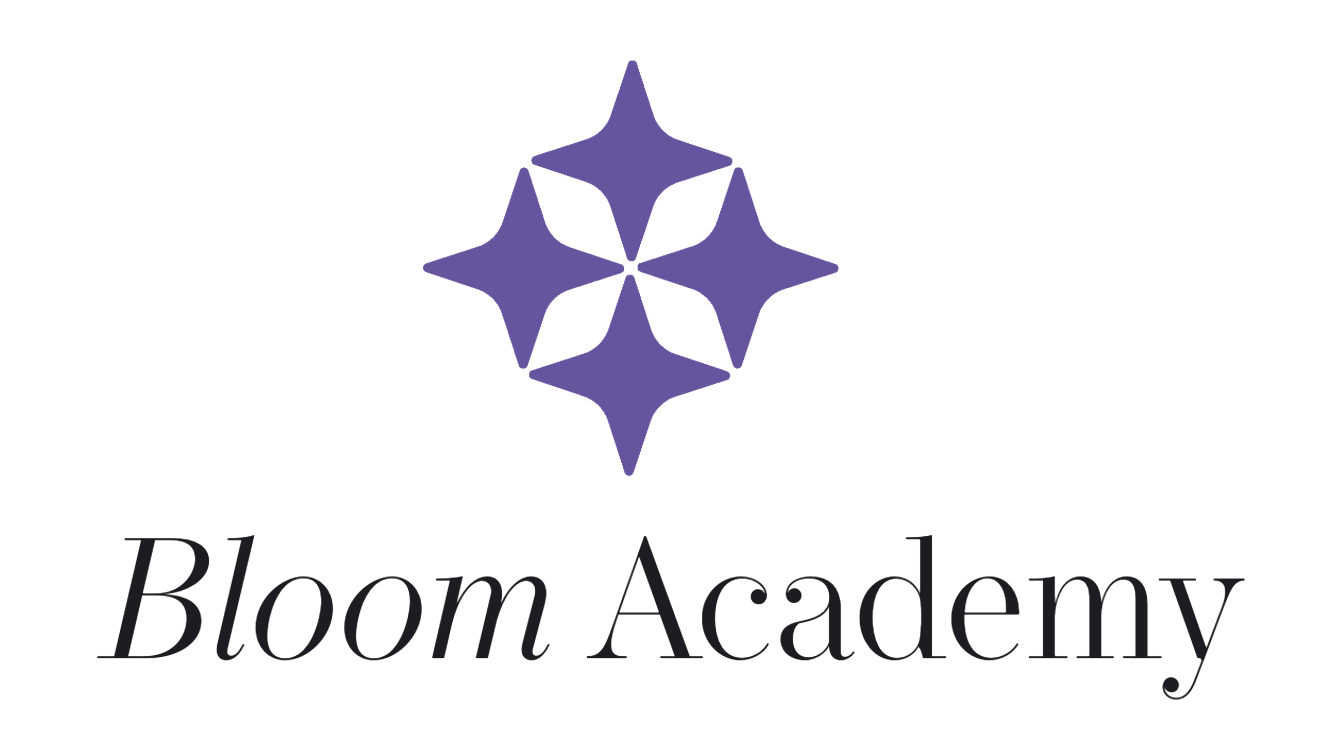In recent years, artificial intelligence (AI) has become an integral part of modern marketing strategies, transforming how brands engage with their customers. From personalized content to predictive analytics, AI empowers companies to make data-driven decisions, create more efficient marketing campaigns, and offer seamless customer experiences. Here’s how brands are leveraging AI in their marketing efforts today, with real-world examples to illustrate its impact.
1. Personalized Customer Experiences
One of the most powerful applications of AI in marketing is the ability to personalize customer experiences at scale. By analyzing vast amounts of data, AI can help brands understand consumer behavior, preferences, and needs, tailoring content and recommendations to each user.
Example: Netflix
Netflix uses AI algorithms to personalize content recommendations for its users. By analyzing viewing history, ratings, and other interactions, Netflix suggests shows and movies that align with individual preferences. This level of personalization keeps users engaged, reduces churn, and encourages longer viewing times. In fact, Netflix credits AI-driven personalization for reducing its churn rate by keeping users hooked on content they love.
Example: Amazon
Amazon’s recommendation engine is another standout example of AI in marketing. When customers shop on Amazon, AI-driven algorithms analyze their browsing patterns, past purchases, and searches to suggest products they’re likely to be interested in. This hyper-targeted recommendation system is one of the reasons Amazon has been able to boost conversion rates and increase sales across the platform.
2. Chatbots and AI-Powered Customer Support
AI-powered chatbots have become increasingly popular for customer support and marketing. These virtual assistants help brands provide instant, 24/7 customer service, handle inquiries, and even guide customers through the buying process. Chatbots are particularly effective in engaging users and answering frequently asked questions, allowing human agents to focus on more complex issues.
Example: Sephora
Sephora’s chatbot on Facebook Messenger, known as the Sephora Virtual Artist, is a great example of how AI is enhancing the customer experience. The bot helps users by offering personalized product recommendations, booking appointments, and even allowing customers to try on makeup virtually. This level of interaction not only improves customer satisfaction but also helps Sephora gather valuable data on customer preferences.
Example: H&M
H&M uses AI chatbots in its mobile app to assist customers with outfit recommendations and product searches. By analyzing user preferences and past purchases, the chatbot offers personalized styling advice. This interactive experience helps drive engagement and increase conversion rates by making it easier for customers to find the products they need.
3. Predictive Analytics for Marketing Campaigns
AI’s ability to process vast amounts of data in real-time makes it a powerful tool for predictive analytics. Brands are using AI to predict consumer behavior, optimize ad targeting, and forecast market trends, resulting in more efficient and successful marketing campaigns.
Example: Coca-Cola
Coca-Cola uses AI-driven predictive analytics to make informed decisions about product development, marketing, and distribution. By analyzing social media data, customer feedback, and sales trends, Coca-Cola can predict which flavors or product lines are likely to succeed. This allows the brand to launch targeted marketing campaigns that resonate with its audience, driving higher sales and customer loyalty.
Example: Starbucks
Starbucks employs AI in its mobile app to predict what customers will likely order based on their past behavior, location, and time of day. The Starbucks AI-powered recommendation engine suggests personalized menu items and offers, leading to increased engagement and sales. Starbucks also uses AI to optimize its supply chain, ensuring that the right products are available at the right stores, reducing waste, and improving efficiency.
4. AI-Generated Content
AI can now create content that engages users, from social media posts to product descriptions. Brands are using AI to automate content creation processes, saving time and ensuring consistency across platforms.
Example: The Washington Post
The Washington Post has integrated AI into its newsroom through its AI tool “Heliograf.” Heliograf automatically generates news articles and reports on topics like sports, politics, and financial updates. While human journalists still handle major stories, Heliograf allows the newspaper to cover a wider range of topics at a faster pace.
Example: Alibaba
Alibaba uses AI to generate product descriptions for its e-commerce listings. By analyzing data from similar products, customer reviews, and specifications, AI creates optimized descriptions that enhance SEO and improve the shopping experience. This automation enables Alibaba to scale its product listings quickly while maintaining high-quality content.
Conclusion
AI is transforming the way brands approach marketing, making it possible to deliver more personalized, efficient, and data-driven campaigns. From chatbots that offer instant customer support to AI-powered predictive analytics that forecast consumer behavior, the use of AI in marketing is only growing. As brands continue to adopt AI technologies, they will be better equipped to meet the evolving demands of their customers, ultimately driving higher engagement, satisfaction, and loyalty.



